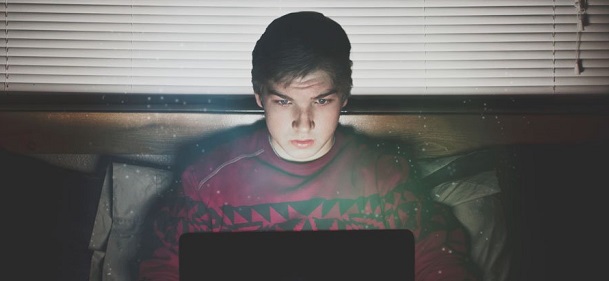Scientists have found a worrying effect that constant light might have on our bodies

The results can`t be applied to humans just yet, but show a worrying trend that`s definitely worthy of further research.
"Our study shows that the environmental light-dark cycle is important for health," says neuroscientist Johanna Meijer from Leiden University Medical Centre in the Netherlands. "We showed that the absence of environmental rhythms leads to severe disruption of a wide variety of health parameters."
To investigate just how harmful continual light could be, Meijer and her team exposed mice in the lab to constant light for a period of 24 weeks, measuring the animals` response to the uninterrupted brightness.
And that response wasn`t good. More than 130 mice were involved in the study, and going without darkness for almost half a year saw them lose muscle and bone mass, showing early signs of osteoporosis, and inflammation in their immune system – of a kind usually only seen in the presence of a pathogen or other harmful stresses.
In other words, it could be said that constant light accelerates the ageing process, as all these physiological changes are part of the frailty that comes with old age. If there is an upside, it`s that the damage isn`t permanent.
"The good news is that we subsequently showed that these negative effects on health are reversible when the environmental light-dark cycle is restored," says Meijer.
When the researchers examined the animals` brain activity during the experiment, they found significant disruptions to the mice`s circadian rhythms – controlled by a region of the brain called the suprachiasmatic nuclei – which they think caused the health effects, including bones losing up to a third of their volume.
While the negative impacts of the constant light stimulation began to disappear after two weeks` of normal day/night cycles, the findings serve as another reminder of how damaging it can be when we move outside the light/dark routines established by nature – by doing things like shift work, or staying up on our phones or computers in the middle of the night.
"We used to think of light and darkness as harmless or neutral stimuli with respect to health," says Meijer. "We now realise this is not the case… Possibly this is not surprising as life evolved under the constant pressure of the light-dark cycle. We seem to be optimised to live under these cycles, and the other side of the coin is that we are now affected by a lack of such cycles."
The findings build on previous research suggesting that our constant reliance on artificial light could be harmful. Last year, scientists in the UK found that the `eternal summer` provided by electric light and heating was creating a dangerous disconnection from our established relationship with nature`s seasonal rhythms.
"Disconcertingly, human lifestyles under artificial conditions of eternal summer provide the most extreme example for disconnect from natural seasons, making humans vulnerable to increased morbidity and mortality," the researchers wrote in the study.
In the mice study, the animals were kept in brightly lit cages, so it`s possible the effects are mostly associated with continual, bright overhead lighting.
Of course, while many of us sleep in the dark, at least some level of ambient lighting can be hard to avoid in cities at night. Not to mention people in nursing homes and hospitals – who often sleep with some lighting on, which they can`t control – and shift workers, who may find it hard to block out the day`s light when they rest. Other people just sleep with the glow of their computer going at all times.
The implications of this kind of research could ultimately be that we need to monitor or regulate the way we use electric lighting and devices that provide artificial illumination – much as we keep an eye on other activities and substances that we now know can be bad for us.
"We came to know that smoking was bad, or that sugar is bad, but light was never an issue," Meijer told Rebecca Boyle at Nature. "Light and darkness matter."















































